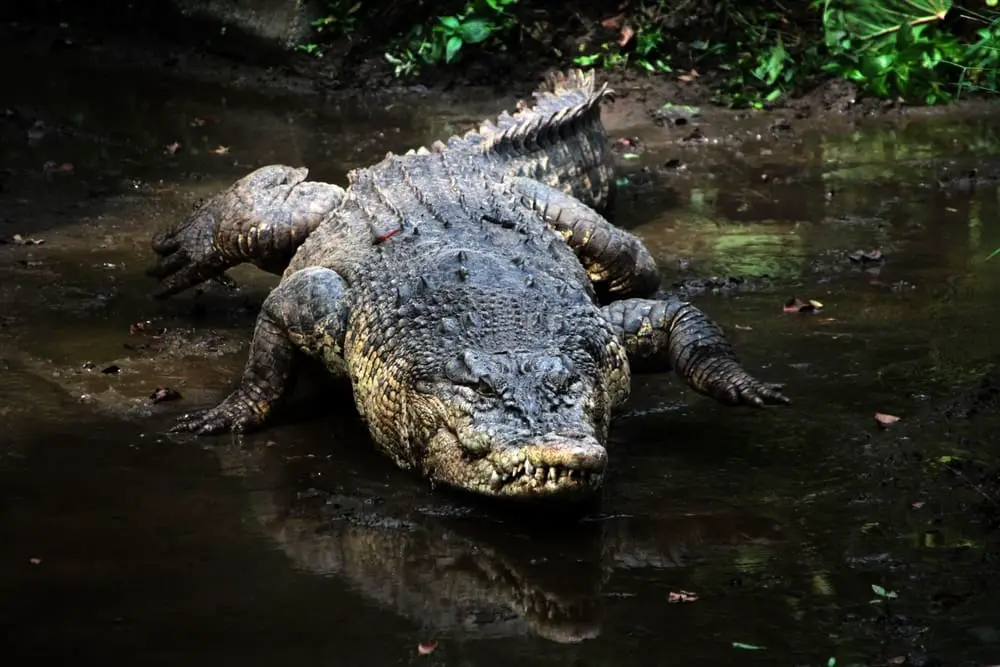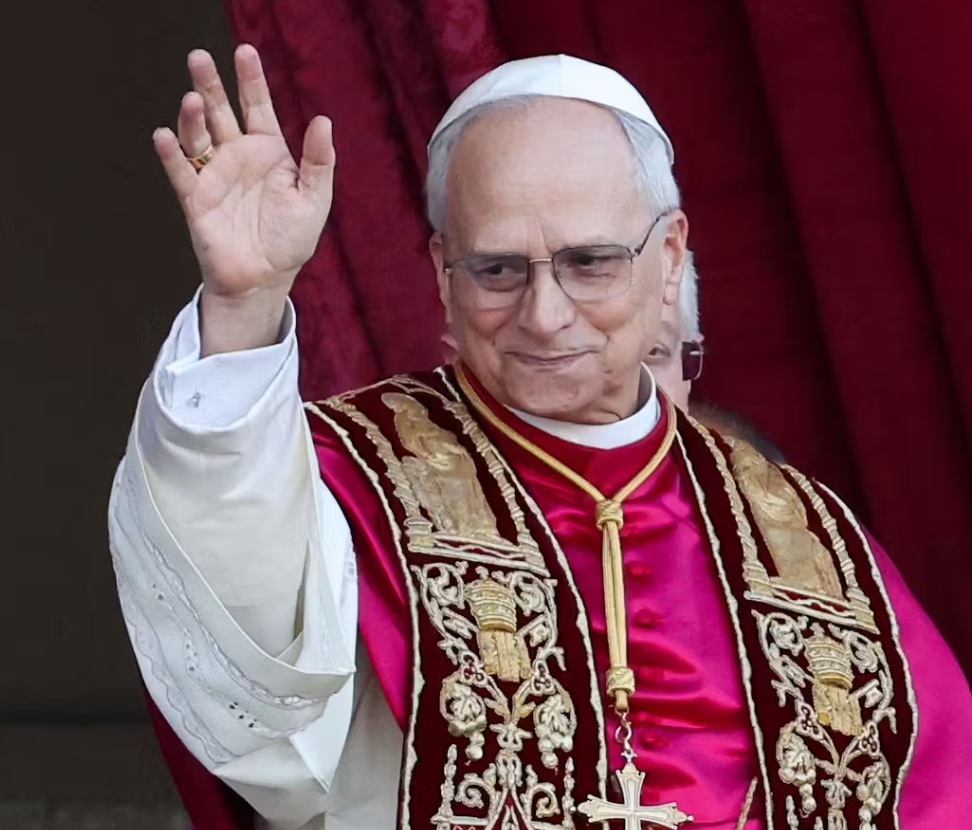In a tragic and unusual aviation accident, a crocodile is believed to have caused the crash of a small plane in the Democratic Republic of Congo, resulting in the deaths of 20 people. The crash, which occurred in 2010, is now being revisited as investigators piece together the bizarre sequence of events leading to the disaster.
The small aircraft, a Let L-410 Turbolet, was en route from Kinshasa to Bandundu with 18 passengers and two crew members on board. The crash happened just minutes before the plane was scheduled to land. Initial reports suggested mechanical failure, but a surprising revelation emerged during the investigation: a stowaway crocodile hidden in a passenger’s sports bag had escaped, causing panic and chaos among the passengers and crew.

According to the surviving flight attendant, the crocodile’s sudden appearance in the cabin led to a frantic rush of passengers towards the front of the plane. This abrupt shift in weight distribution caused the aircraft to become uncontrollable. The flight crew struggled to regain stability but were ultimately unable to prevent the plane from crashing into a house just a few hundred meters from the runway. Miraculously, one person on the ground survived the impact.
The crocodile itself is believed to have survived the crash but was later killed by rescuers. The discovery of the reptile as the crash’s catalyst shocked many and brought to light the dangers of transporting exotic animals inappropriately. The passenger who smuggled the crocodile had intended to sell it, reflecting the high value placed on such animals in certain markets.
This tragic event underscores the critical importance of strict regulations and enforcement when it comes to transporting live animals. Aviation experts have pointed out that even small disruptions in weight and balance can have catastrophic consequences for aircraft, particularly smaller planes like the Let L-410. The incident also highlights the often-overlooked risks posed by illegal wildlife trade, which can lead to unpredictable and deadly outcomes.
Aviation safety protocols are designed to account for a myriad of potential issues, but the Congo crash serves as a stark reminder of the unpredictable nature of flight and the necessity for comprehensive checks and controls. Ensuring that all cargo is properly secured and that no dangerous animals are smuggled on board is vital for the safety of passengers and crew.
The crash’s unusual cause has also brought attention to the broader issue of wildlife trafficking and the need for greater vigilance and enforcement against such practices. The illegal trade of exotic animals not only threatens species and ecosystems but, as seen in this incident, can also pose significant safety risks to human life.
In the wake of this disaster, there have been calls for stricter regulations and better enforcement to prevent similar incidents in the future. The aviation industry continues to learn and adapt from such events to improve safety measures and ensure that such a tragedy does not occur again.
As investigators and aviation authorities reflect on the events that led to the Congo plane crash, the story of the escaped crocodile stands as a somber reminder of the myriad factors that can impact flight safety. This incident serves as a call to action for continued diligence in all aspects of aviation security and animal transport regulations.




